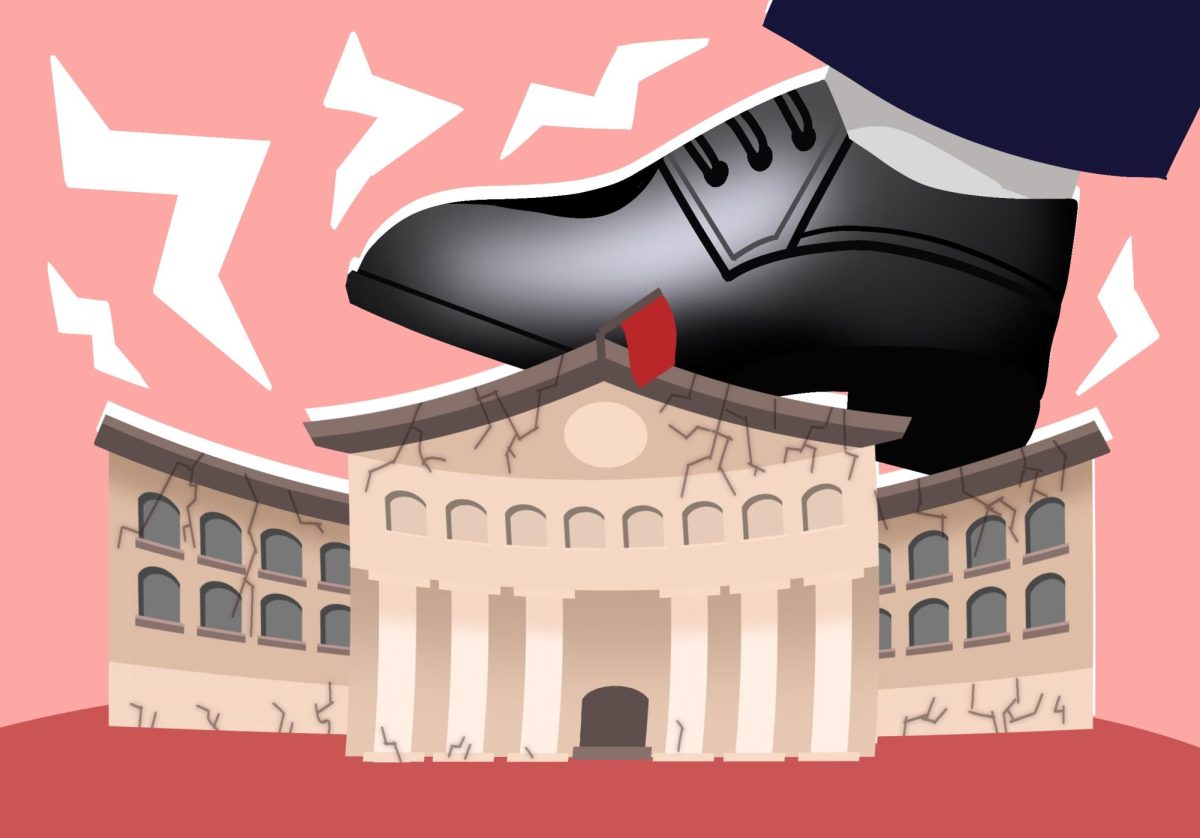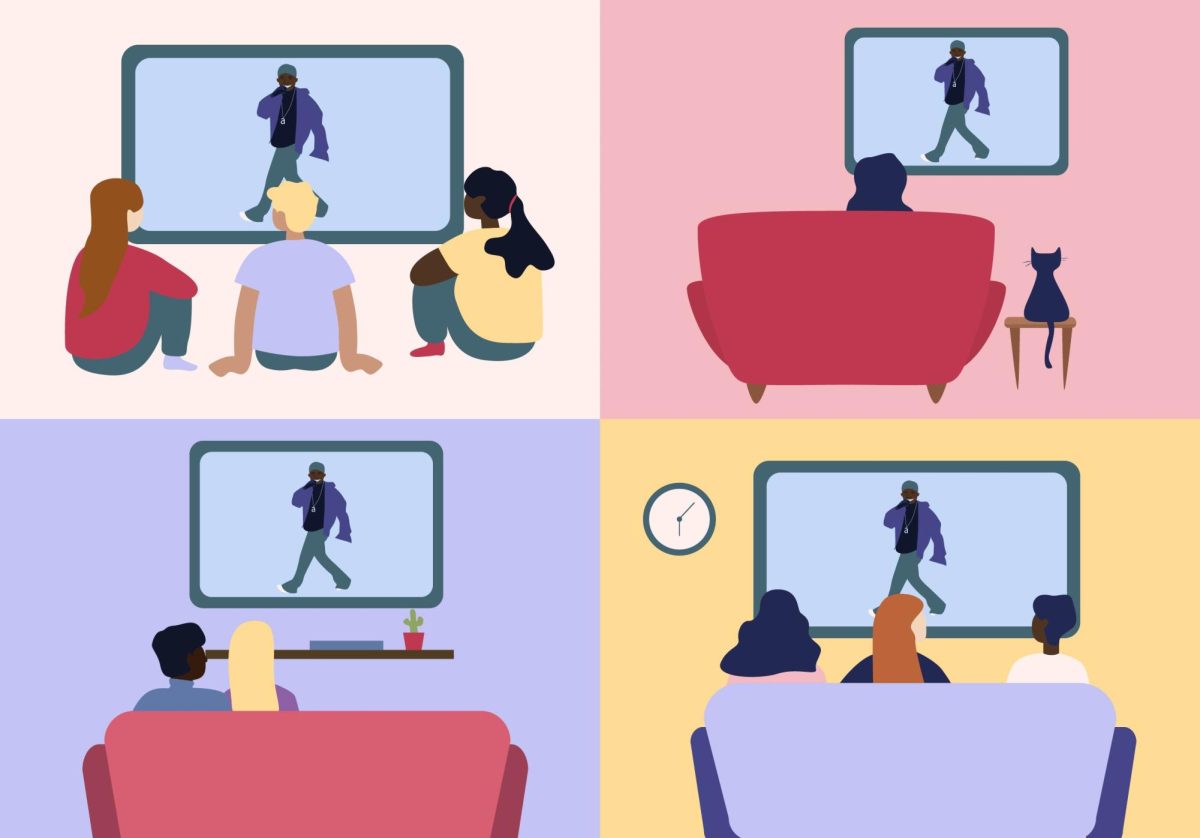There’s no definitive, authoritative playbook about how a campus should respond to an abduction or murder. There is no firm and fast rule about how many security measures are enough, versus what would just be overkill.
But both Linda Walker, who is the mother of murder victim Dru Sjodin, and Bob Heales, the private investigator involved in months of search efforts for Sjodin, e-mailed in response to my previous column, saying they agree with the call for increased security on this nation’s campuses, with a particular emphasis on the value of security cameras not only on campus but in malls and other locations.
Walker told me in an e-mail, “The Columbia Mall DID NOT have security cameras in the parking lot when Dru was abducted. One fact is those who prey on others do not want to be caught. Had the monster that took Dru off into the dark and cold night on Nov. 22, 2003 not been a convicted felon with DNA on file, we would have never been able to prove he was guilty Ö we may never know how many lives will be saved because the eyes of a camera are watching over them. Those are the unknowns we can all live with.”
Investigator Heales described the struggle to expand security camera coverage as a “never-ending battle,” but a battle worth fighting because of how many lives could be saved.
At two different appearances at the University of North Dakota, I watched Dru’s mother speak about her daughter with an almost unworldly strength. I do not know where or how a person taps into such strength.
I’ve never heard Walker (or Heales, for that matter) refer to Dru in the past tense.
Instead, Heales will say things like, “Dru does not want you to live in fear, but Dru does want you to be aware of your surroundings.” At the conclusion of a loud and spirited rally at UND I heard Walker say, “Dru is in heaven right now, doing cartwheels.”
Walker directed me to a Web site about consciousness-raising efforts on behalf of her daughter, www.drucampaign.org.
The Web site includes a grant available to raise awareness about sexual assault. Another Web site, www.drusvoice.com, contains moving stories about Dru’s life, including the time little baby Dru ate three-quarters of a pound of butter when nobody was looking.
I couldn’t help but think of the time my own little son ate so many Popsicles he started to shiver, his four little baby teeth making a chattering sound.
In the course of my e-mails with Bob Heales, in which we discussed the idea of a “Dru Drill” to simulate an abduction on campus, and how such an exercise could raise awareness, I told Heales about another idea which was conceived during that dark, awful time after the abduction of Sjodin, but before arrest of a suspect or discovery of Sjodin’s body.
As I mentioned last week, I figured out I was sending an e-mail at almost the exact moment Sjodin was abducted at a nearby mall.
This got me thinking. I have an alibi. Other men on campus have alibis, too. But some men don’t have alibis. And the guy who did it, whoever he was, he surely didn’t have an alibi. (During this period of time, many of us pictured a young campus stalker, not the creepy old sex fiend convict who was ultimately arrested and convicted.)
I vaguely remembered a news article I had read about some village in Europe where a horrible crime was committed against a young woman. Incredibly, the entire adult male population of the village volunteered to have DNA tests.
I wondered if a similar effort could work at UND, in which both alibis and DNA could be systematically collected from every male on campus.
No, it wouldn’t be a law enforcement effort, but a voluntary movement, using social pressure. Those who provided alibis and DNA swabs would receive a numbered button saying, “I’ve got an alibi, so what’s yours?”
Peer pressure would be used to get every male on campus to participate. For example, sororities may vow not to socialize with any male who wouldn’t participate, and the movement would spread to other women on the campus.
Eventually, viable suspects may be revealed, either through non-participation or alibis which fell apart. At some point, it may be worth testing one, two or half a dozen of the voluntarily offered DNA swabs.
I hadn’t worked out the numerous bugs in my idea when I discussed it with Amanda Anderson, who was vice president of UND’s very active, powerful and highly visible student government.
She was also a sorority sister to Dru Sjodin. After hearing my idea in progress, Anderson nodded soberly and said, “Write it up as a proposal and give it to me. I’ll look it over and talk to some folks about it.”
I was in the middle of writing up the concept when the guy who murdered Dru was arrested. Though Alfonso Rodriguez was tripped up by a faulty alibi, he lived a few towns away and my idea wouldn’t have worked to ensnare him.
But as investigator Bob Heales told me in the course of our discussion, “Fact is, when someone is missing anything like that has great merit as far as keeping hope alive and keeping the story fresh Ö too many times the story fades and a few weeks later the only people looking for someone are a few family members.”
Dru’s story has not faded. Indeed, Linda Walker speaks of her daughter Dru as one may speak of an active guardian angel that has the power to warn, to miraculously intervene, to set an example.
The story of Dru Sjodin – who was from Pequot Lakes, Minn. – can touch this campus and other campuses of this nation as issues of sexual assault capture our attention and make us alter our habits to become safer.
Years later, the story of Dru Sjodin has the power to wake people from their sleepwalking stupor and ask, “Am I safe on this campus? At the mall? Or even in my home? What should I do to keep myself from becoming a victim?”
John Hoff welcomes comments at [email protected].






